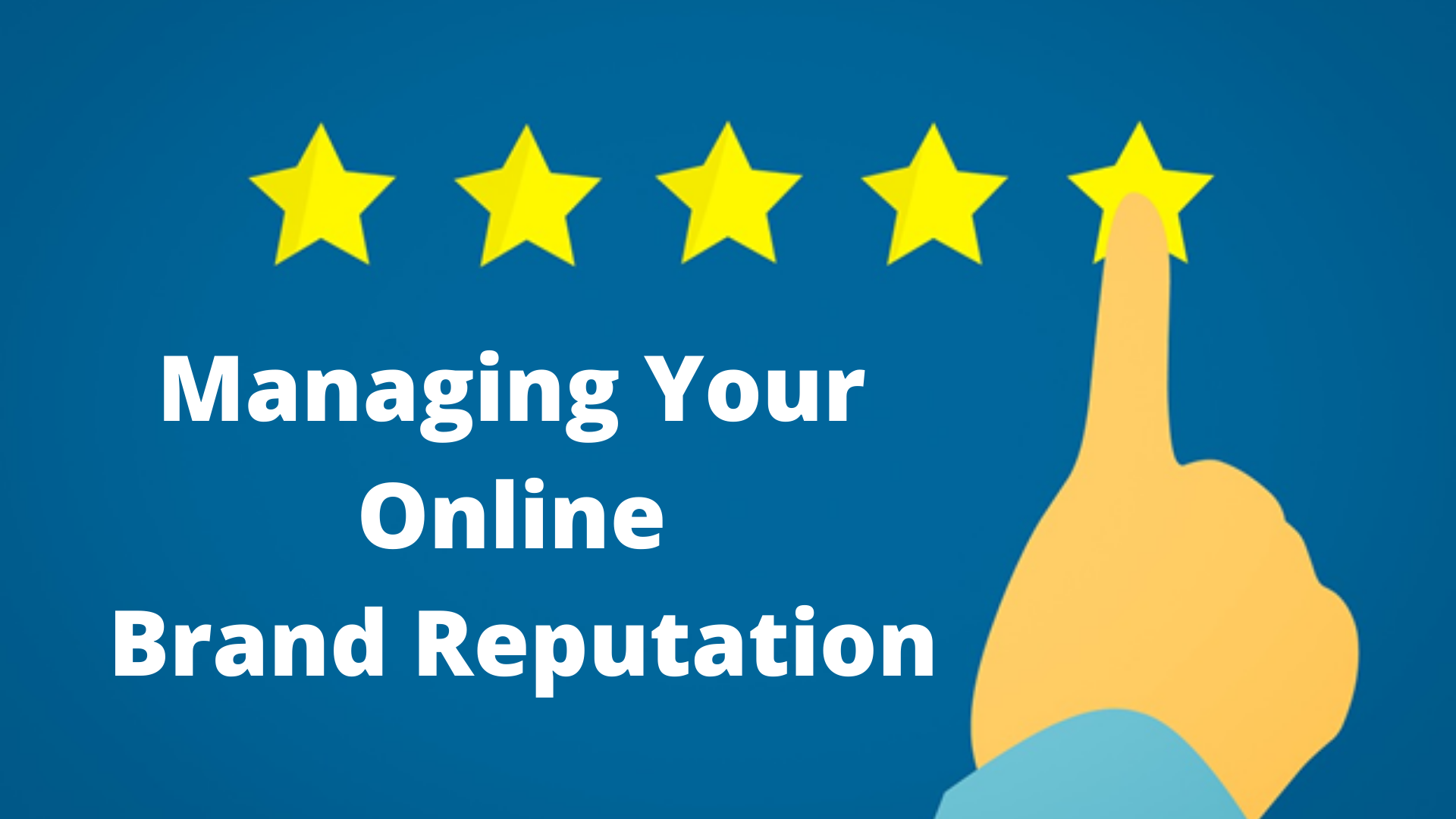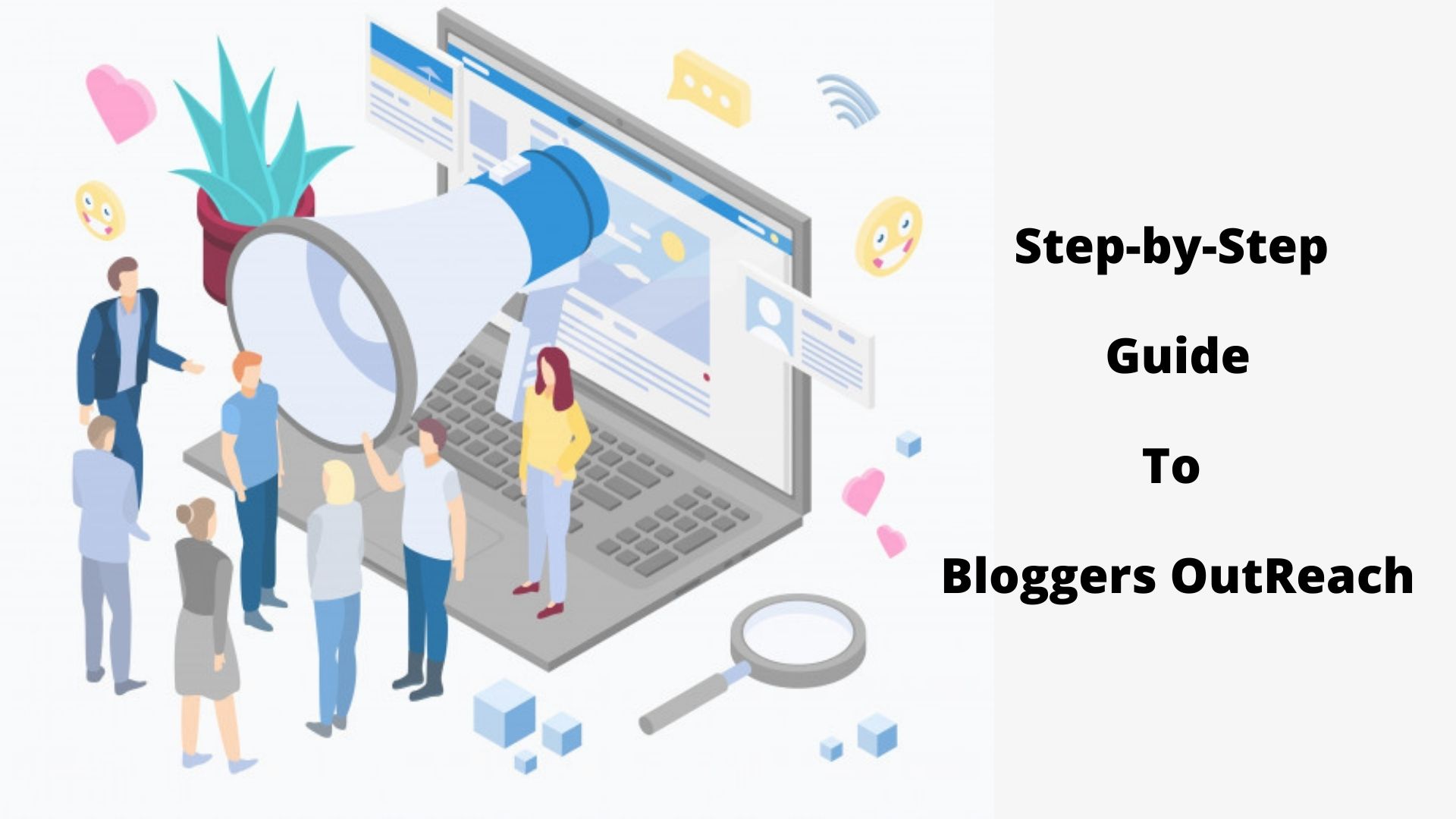Top Tips on Managing Your Online Brand Reputation
https://tranzelite.com/wp-content/uploads/2021/05/Managing-Your-Online-Brand-Reputation-1024x576.png 1024 576 Lana Gomez Lana Gomez https://secure.gravatar.com/avatar/6ed3004c6a0b7f90523c08dd8dd7922f65feec54719e0c12469e9560f5697a67?s=96&d=mm&r=gManaging your brand’s online reputation is an essential part of managing your brand’s reputation overall. A lot of businesses have at least a website, if not a full-fledged online profile, and a few bad reviews, a trend on Twitter, or a negative article at the top of a Google search results page can do some severe damage to your bottom line. Learning how to manage your reputation, on the other hand, can give your business a boost. Here are some tips on managing your online brand reputation.
Monitor Your Brand
Using tools like Awario can give you the ability to listen for mentions of your brand across several social media platforms, so you can monitor what’s being said about you. This is a critical step in managing your brand since you need to keep you aware of how people are discussing your brand. It also gives you a heads-up when you might face a potential reputation crisis, or it could show you an opportunity to improve your reputation.
Respond to Comments and Reviews
To the best of your ability, you should respond to comments made on your brand’s social media pages as well. If they’re positive comments, you can boost your reputation by thanking people or reaching out to them for further feedback. If they’re negative reviews of your brand, you can take the opportunity to engage, improve your business, and try to make it suitable for the customer.
One thing to keep in mind is that there are internet trolls out there who will just post negative comments and reviews for their own reasons, and you should think seriously before you engage with them, if at all. An important note is that if you’re encountering defamation, there are measures you can take to protect your brand’s reputation.
Ask for Reviews
You don’t have to just sit back and wait for reviews to roll in; you can actively ask for reviews as well. If you keep reviews on Yelp or Google, design a business card to give out to people, asking them to post on your behalf (if you don’t have a business card, you can create professional-looking ones with BusinessCards.co).
When you’re just starting out with building your brand, don’t be picky on who you get to give you reviews. Ask family and friends, happy customers, anyone. Building a large number of positive reviews can get you more business. Don’t be afraid to ask people to advocate for your brand, either. Good word of mouth advertising can be more valuable to your business than a huge marketing budget.
Read More Blogs on Online Reputation Management by TranzElite
Use SMART Goals
Goal-setting isn’t just for your personal life; you can use the same principles for your brand reputation as well. If you’re not familiar with the concept of SMART goals, here is what the letters in the acronym stand for:
- Specific
- Measurable
- Achievable
- Relevant
- Time-based
Using these five principles, you can develop goals for your brand reputation management. For instance, maybe you set a goal for a certain number of positive reviews on Yelp. You can set a goal saying you want to have 500 reviews averaging 4.5 stars over the next six months. That gives you something to shoot for, as well as letting you know if the strategy you employ actually works.
Don’t Let Your Brand Reputation Slide
Managing your online brand reputation is a constant job. A minor negative review or video can quickly become viral in this polarized virtual world, and you should be monitoring for such negative information. Following these tips will set you up for success, and make your online brand an asset rather than a liability.


